With so much to see and do, there’s no reason to squeeze a stay in the Lithuanian capital to just two days. But if you’re time-challenged, here’s how to get the most out of it.
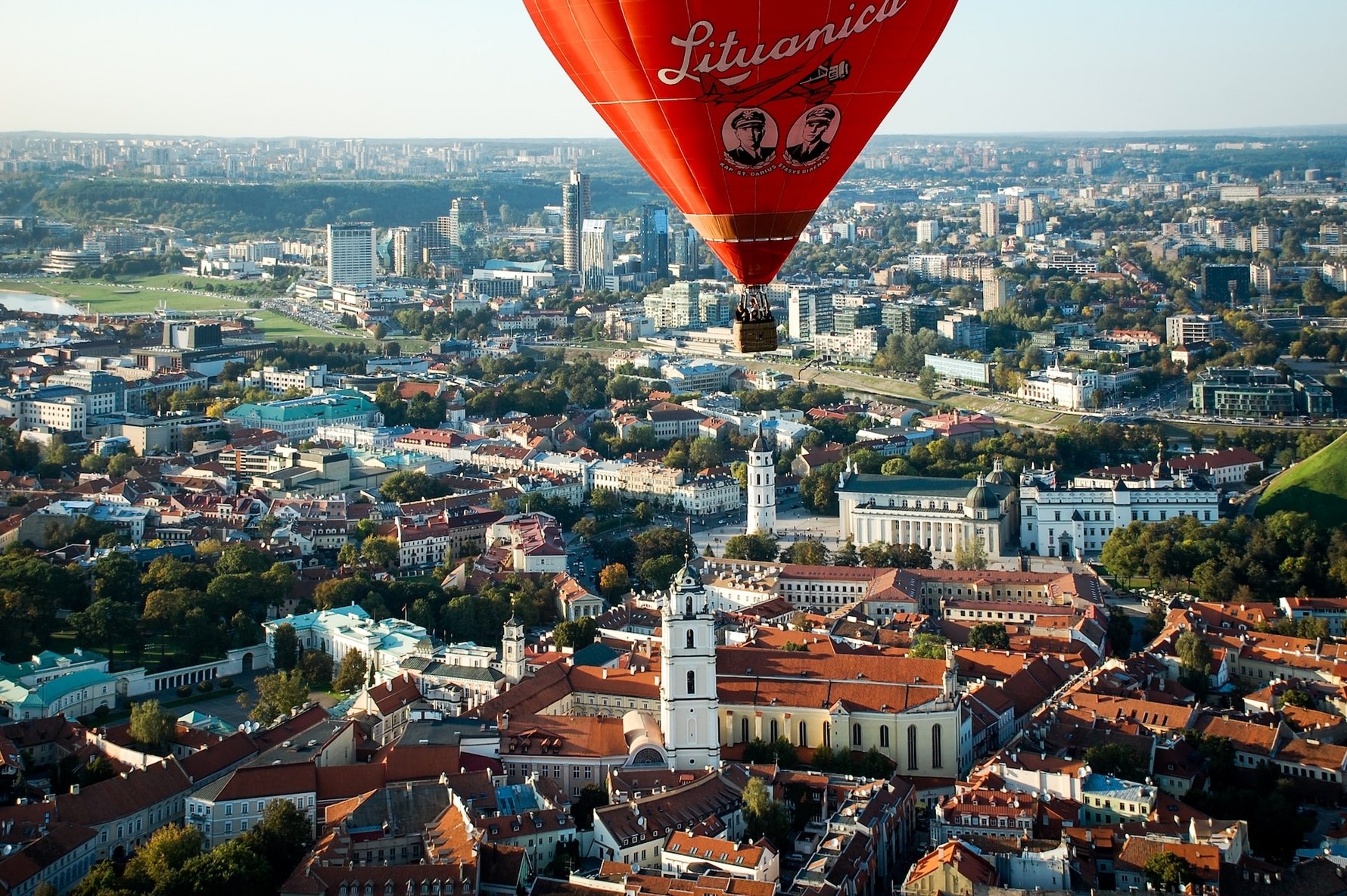
Day 1 - Old Town
Start your stroll in front of the gleaming façade of the Cathedral, with a peek inside at the Baroque St Casimir’s Chapel on the right at the back. Walk across the square to meet Grand Duke Gediminas searching for his horse, then into the park to find the path that winds around Gediminas Hill. Snap a few photos on the viewing platform at the top of the castle before retracing your steps down to the park.Feeling active enough to climb to another viewpoint? Find the footbridge over the Vilnia and climb the sandy steps to the Three Crosses. Either way, green and serene Bernadine Park leads around the back of picture-perfect Gothic red-brick St Anne’s and Bernadine churches. Over the road, the Amber Museum is a brilliant introduction to the mysterious ancient sap.
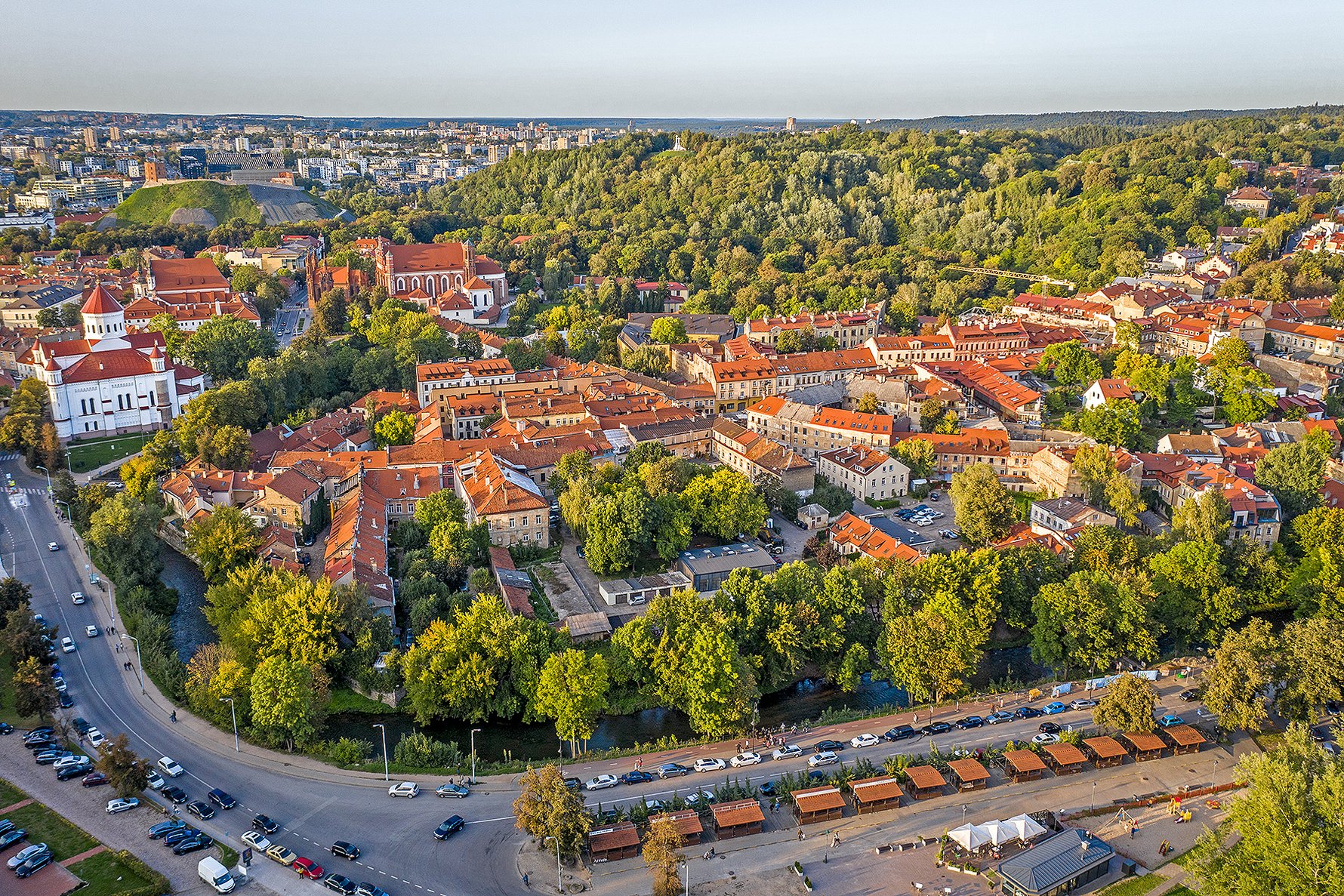
Pilies Street is great for shopping, or for lunch or a snack if you’re feeling peckish. Etno Dvaras makes an entertaining stop for local cuisine. In a courtyard further up the hill is Balta Balta, selling handcrafted products by local artists with ecological materials and natural dyes.
Latako will then take you down to the self-proclaimed artists’ republic of Užupis, its angel statue, witty nailed-to-the-wall constitution and countless galleries, cafés and quirky details. Don’t be afraid to peer into people’s courtyards.
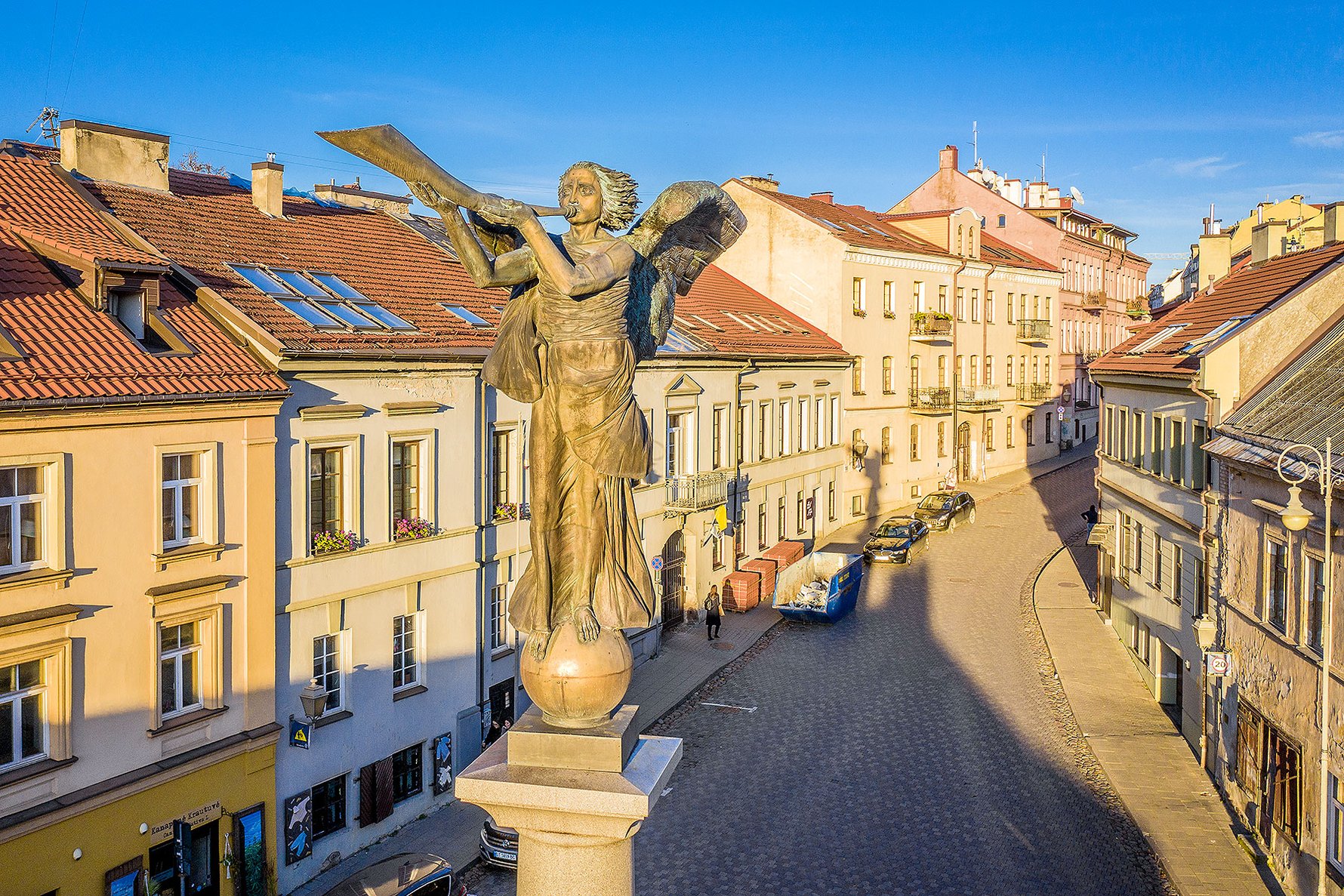
See the Basilian Gate with its all-seeing eye, the three mummified saints inside the Orthodox Church of the Holy Spirit, St Theresa’s glorious interior if it’s open, and then reverently climb steps through a streetside door, on the left towards the top of Aušros Vartų Street, to come face-to-face with the miraculous image of the Virgin Mary and her many silver hearts inside the Gates of Dawn.
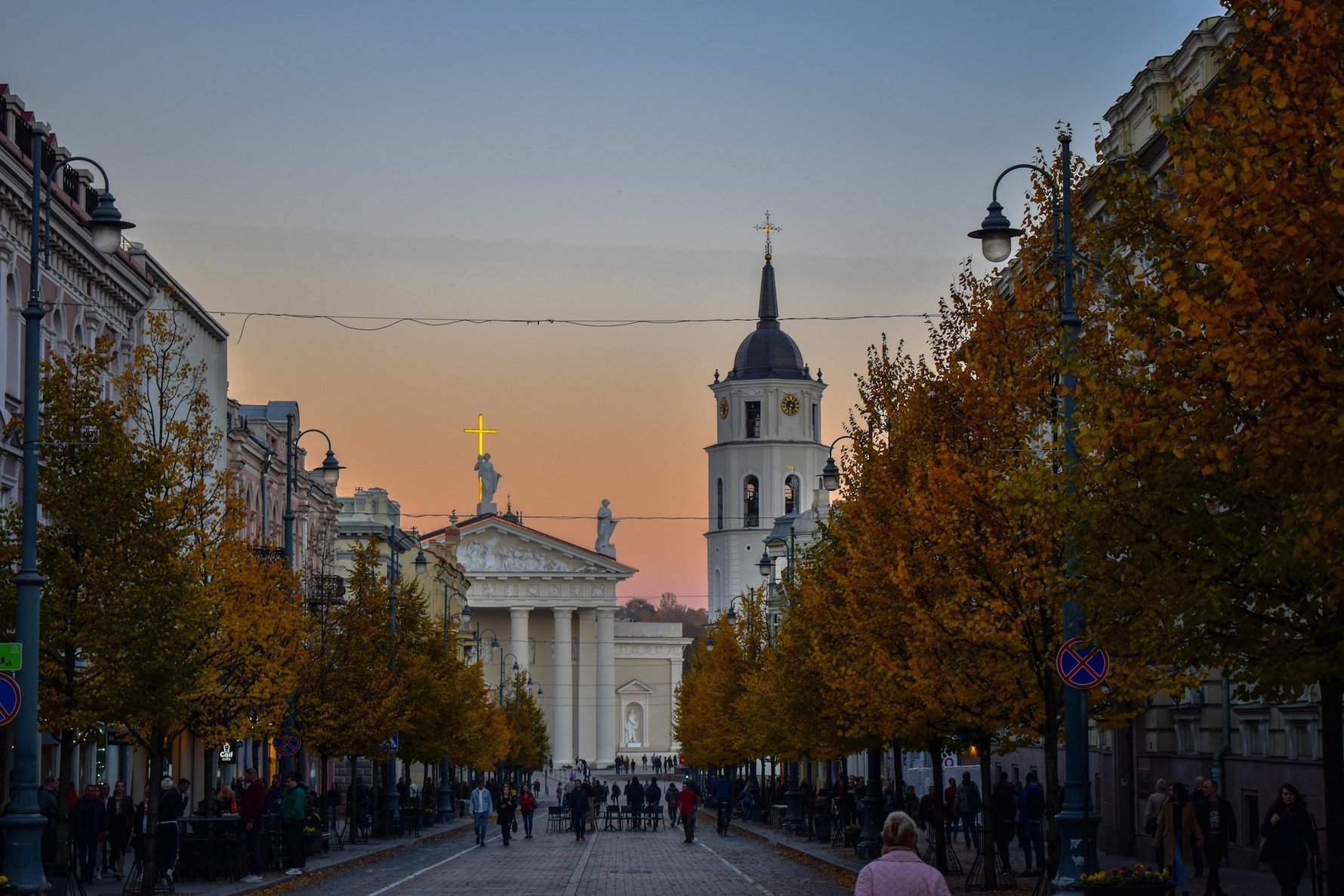
Day 2 - Old Town and beyond
Now it’s time to look at Vilnius in a bit more depth, with glances at its enlightened past and also at more troubled times. Vilnius University is fascinating with its maze of courtyards and corridors, which you’re free to explore though you may be charged a small fee at either of its entrances (Universiteto or Šv Jono streets; it’s closed on Sundays).This grand old dame is almost 440 years old and despite periods of closure and repression it’s professors and students have persisted with their studies for centuries. In the upper courtyard, take a snap of the gorgeous façade of the Church of Sts John and take a look inside, before whizzing up the separate Belltower in the lift for marvellous Old Town views. In the lower courtyard, buy a tome in the beautifully adorned Littera bookshop and, nearby, take pictures of the amazing murals found in an entrance to the left of the shop.
Next wander lanes like Gaono, Žydų and Stiklių with their tiny shops and cafés for a sense of the once huge Jewish community tragically annihilated during the war. There used to be so many prayer houses, synagogues and workshops where trades like glassblowing were practiced. Nearby, Vokiečių Street is loaded with cafés and restaurants for every budget.
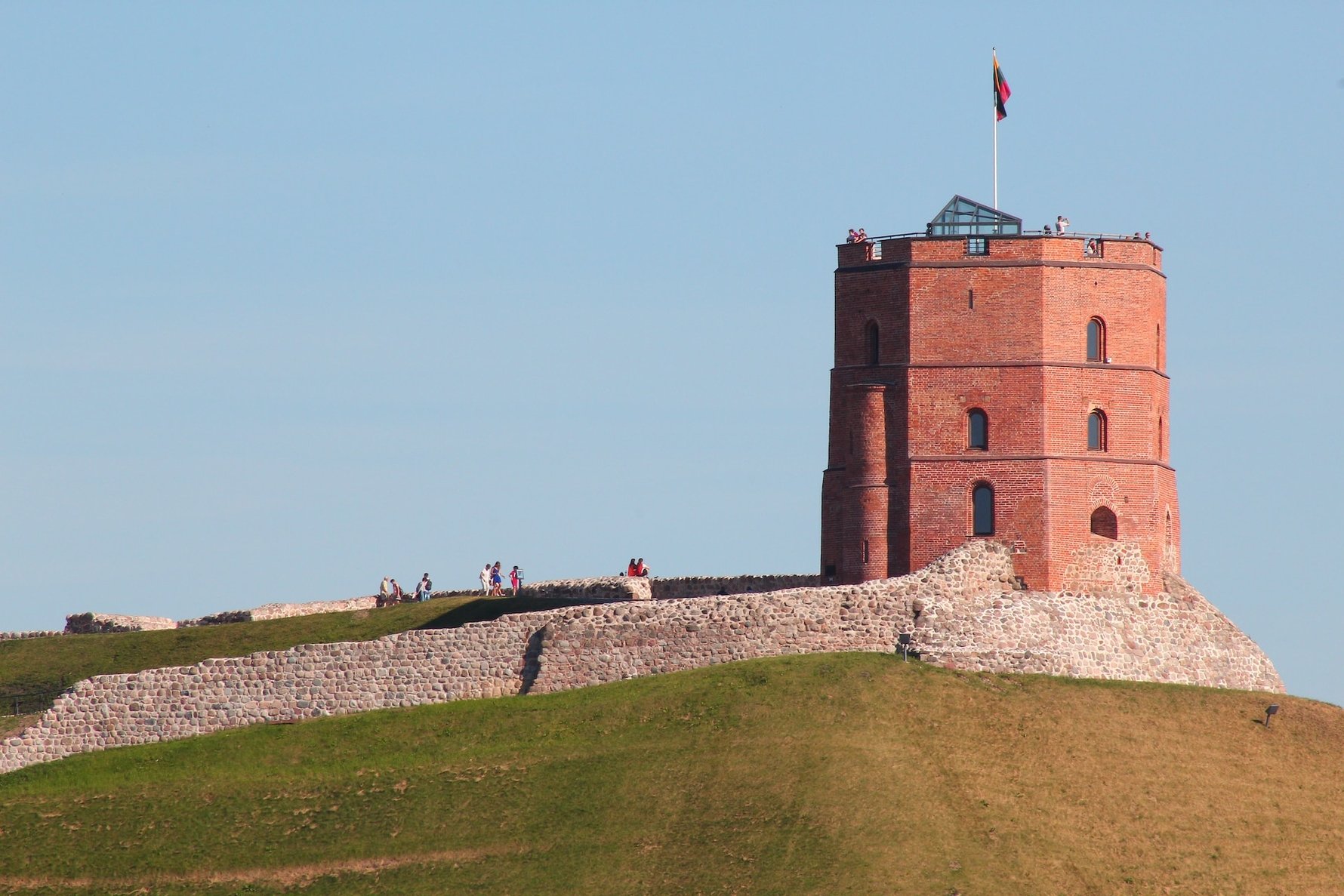
In the square opposite stood a gigantic Lenin until it was removed by crane to cheering crowds in 1991. But now you’re free – to wander up and down central Gedimino Prospect at will. Westwards will take you past restaurants and upmarket clothes stores to the angular Parliament building and over the River Neris to Žvėrynas, whose grid of leafy streets and occasional tumbledown wooden houses are fun to explore. To eat here, try Panama, or walk back down Gedimino for tasty grub at Zoe’s, then beers at Alaus Biblioteka (Beer Library).


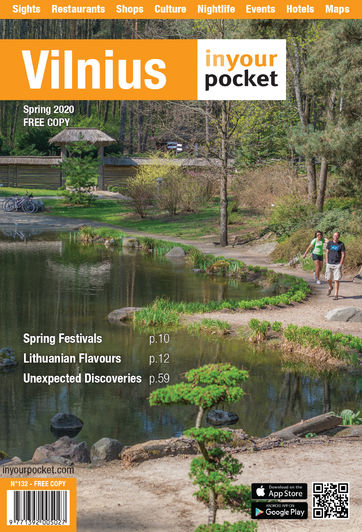


Comments